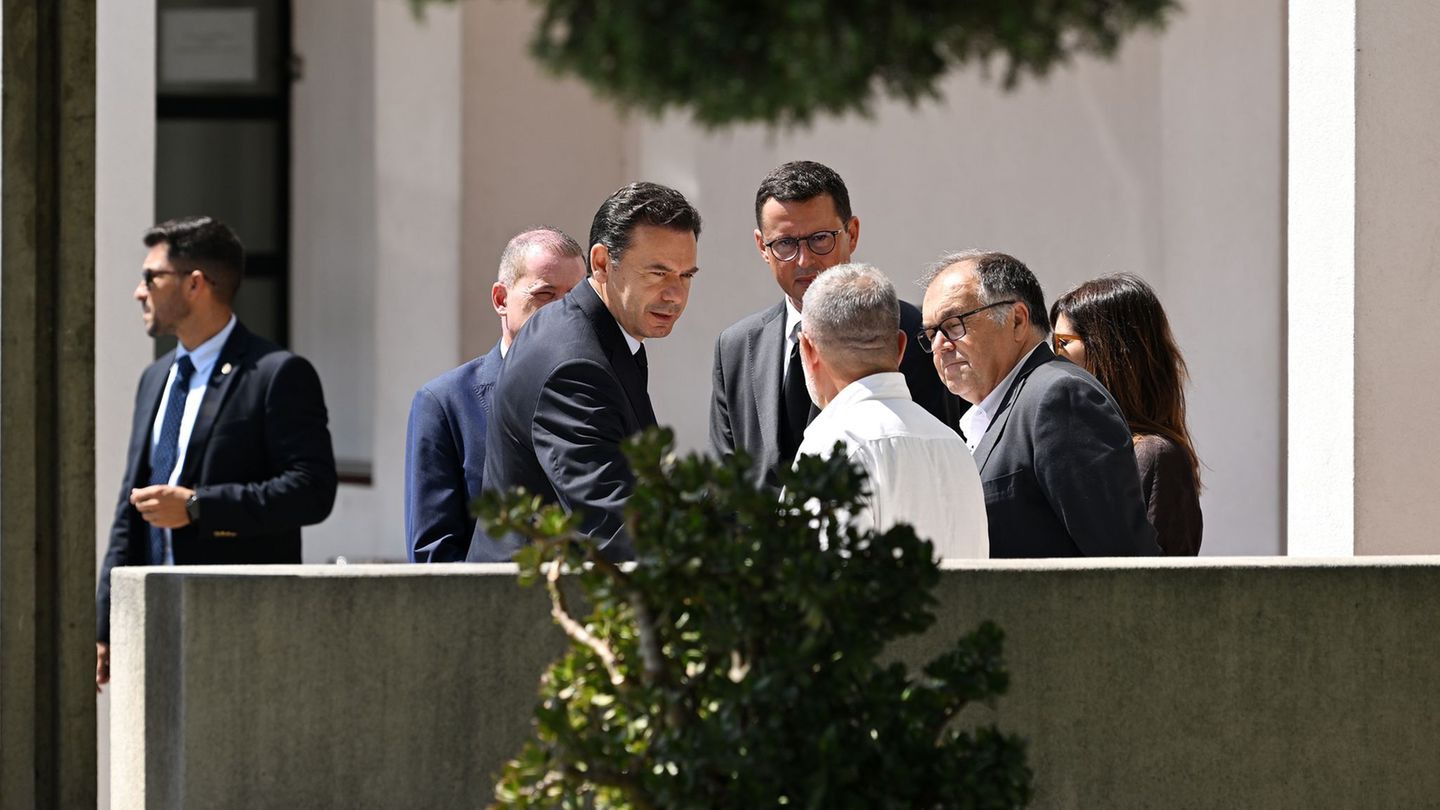The new year has arrived and 2025 is full of doubts for Argentina, after 2024 that was marked, above all, by a change in the political and economic paradigm brought about by the government of Javier Milei. And the current administration took the decision to make strong cuts in the State, to stop emitting, to cool the economy and to deregulate commercial relations in order to combat the inflation, return to fiscal surplus and control the exchange rate.
The cost of the economic plan had a profound impact on activity, purchasing power and consumption. The challenges for the new year will be strong for the president and his economic team: the foam of the rethinking of the model is going down and now what lies ahead is to demonstrate that it is sustainable.
Florencia Fiorentin, economist at Epyca Consultores, summarizes this panorama by pointing out that “the biggest problem we see is the ‘post macro stability‘: the great achievements of this year were the twin surpluses, the decline in inflation, and exchange rate stability, but the downside has been the sharp drop in the level of activity (especially for commerce, manufacturing and construction), along with loss in real income and employment. “The challenge is going to be to rebuild that: basically, to get a program of economic growth to start working, not just stability.”
All this must be faced in parallel to a world that is in complete change, with the arrival of Donald Trump to the presidency in the United Stateswhich is positive at the level of political relations for Milei, but its economic approach can be somewhat hostile for Argentina, and with the Brazilian real devaluing strongly, which adds some additional challenges on the external front due to the commercial benefit that this represents for Brazil over Argentina. It must be remembered, for example, that a strong traction of foreign exchange reserves for tourism to that country is already expected. Likewise, an advantage for our commercial partner in the trade balance will begin to be noticed from January.
Central challenge: repairing the decline in activity
In this context, the economist Federico Gluestin considers that “the first challenge is for the economy to grow strongly to be able to compensate for the fall in 2024 and that requires stabilizing the macro variables, generating employment and recovering consumption, in addition to the purchasing power of wages.”
Another of the challenges facing the Government, for Glustein, is “reducing poverty, which is necessary for the remainder of the year, added to the eventual recovery of the middle class, the support of the Argentine economy.”
And another challenge that Glustein points out, and perhaps the most important, is the total exit from the exchange rate without this impacting other variables. In the words of Rocío Bisang, economist at Eco Go, “the main challenge for 2025 will be on the exchange front, where the promise of lifting the stocks will set the tone a little for the year.”
The dollar and the stocks: the promise to fulfill in 2025
It happens that, as economist Lorenzo Sigaut Gravina, of Equiliba, states, “the Government prioritized lowering inflation and used the fiscal and exchange anchor to achieve it.” In fact, he points out that we saw in November that inflation converged with the “crawling peg” finally, it took a year to do so. All of this meant that today we have an uncompetitive exchange rate, which is at levels similar to those at the end of Alberto Fernández’s mandate.
“That is combined with a Brazilian real that is very devalued, and that is the great challenge because we see in tourism that Argentines choose to go to the Brazilian and Uruguayan coasts and, on the other hand, it will be more convenient to import than to export the uncompetitive exchange rate,” says Sigaut Gravina.
“To this I would add the renegotiation of the agreement with the International Monetary Fund (IMF), the entry of fresh funds and the increase in reserves to support the economy while the outflow of foreign currency occurs due to exchange rate appreciation, key to keeping rates at bay. parallel exchange rates,” says Glustein.
Bisang agrees in this sense and points out that “what happens with the agreement with the IMF is going to be key, in a context where real reserves are still in negative territory, with an exchange rate that is not entirely clear if it is compatible at these levels with a floating scheme and with a gap that, although it compressed a lot, is beginning to grow again.”
Additionally, 2025 is an election year, which always puts pressure on fiscal accounts and can bring some shocks.
News in development.-
Source: Ambito




